Glossary
_cropped.png)
Mausoleum of Halicarnassus
-
A large tomb built in the 4th century BC for Mausolus, considered one of the Seven Wonders of the Ancient World.

Seven Wonders
-
A list of seven extraordinary monuments from antiquity, celebrated for their grandeur and cultural impact.
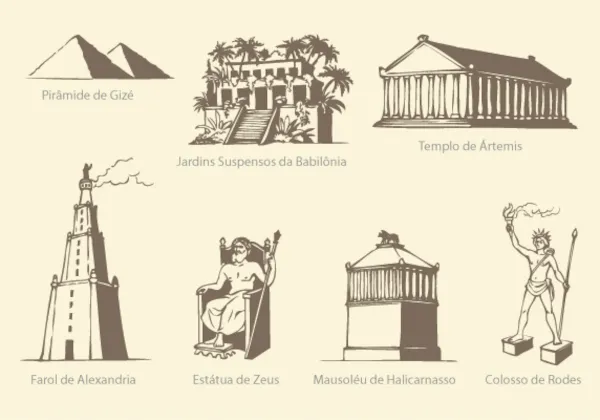
Ancient World
-
The historical period encompassing ancient civilizations, especially those of the Mediterranean, such as Greece, Egypt, and Persia.
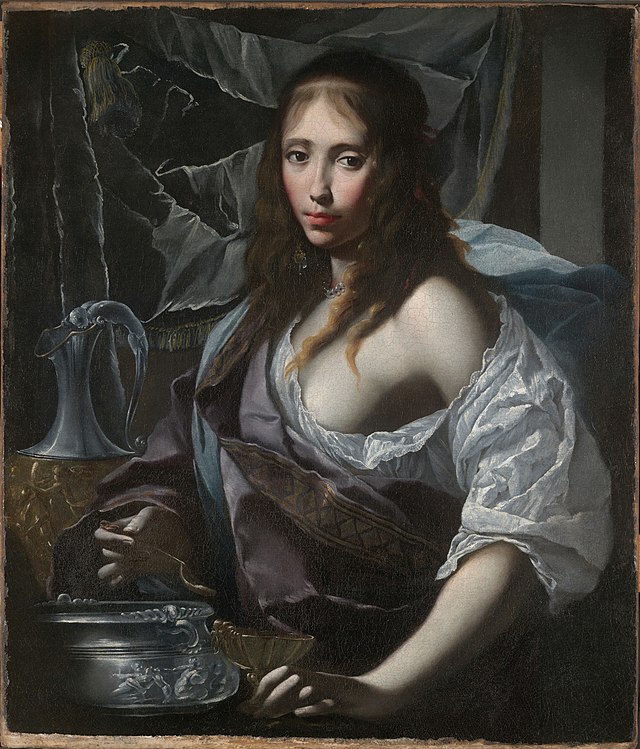
Artemisia II
-
Wife and sister of Mausolus, ruler of Caria, who commissioned the construction of the Mausoleum of Halicarnassus in his honor.

Mausolus
-
Ruler of Caria and satrap of the Achaemenid Empire, whose death led to the construction of the Mausoleum of Halicarnassus.
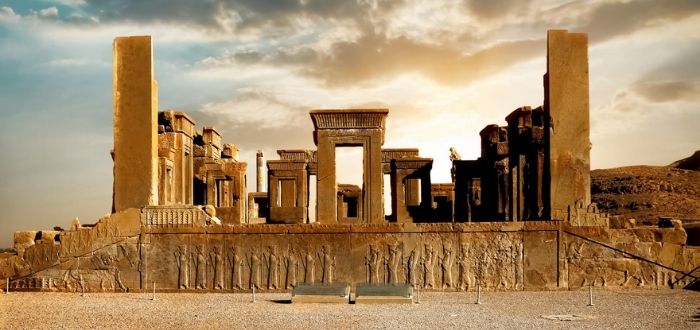
Achaemenid Empire
-
A large Persian empire that existed between the 6th and 4th centuries BC, known for its effective administration and influential culture.

Architecture
-
The art and science of designing and constructing buildings.

Design
-
The planning and aesthetic conception of a structure.
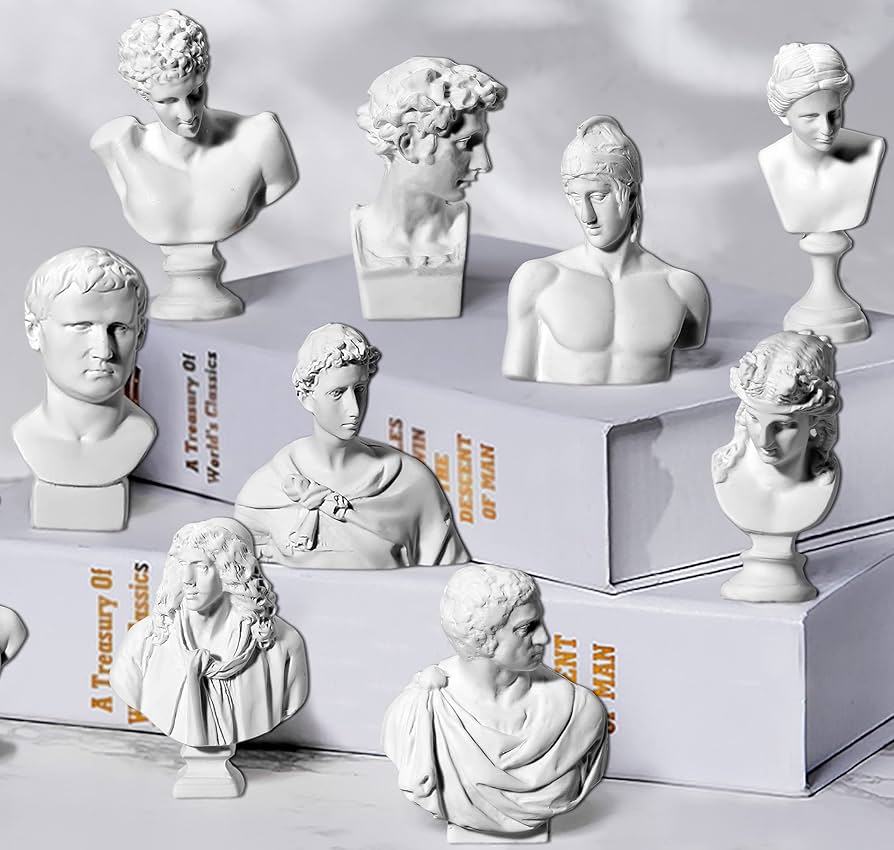
Sculptures
-
Three-dimensional works of art, usually carved in stone or marble.

Greek, Egyptian, and Persian Elements
-
Refers to the architectural and decorative styles of Greek, Egyptian, and Persian civilizations.
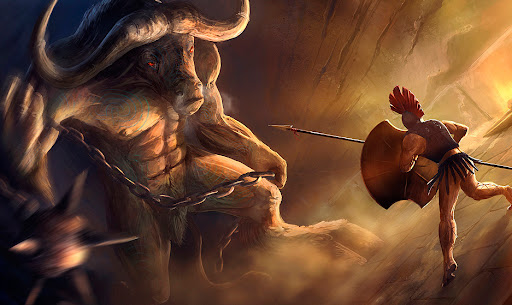
Satyr and Pythius
-
Renowned Greek sculptors who worked on the sculptures of the Mausoleum of Halicarnassus.

Columns
-
Vertical structures that support roofs or other parts of a building.

Pyramid
-
An architectural structure with a square base and sloping sides, common in Egypt.

Marble Chariot
-
A marble sculpture in the shape of a chariot.

Construction
-
The process of building a structure.

Destruction
-
The collapse or demolition of a structure.
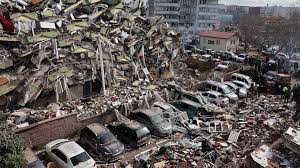
Earthquakes
-
Seismic movements of the earth that can cause great destruction.

Legacy
-
The lasting impact of a person, work, or event.

Cultural Influence
-
The effect of one culture or work on others.
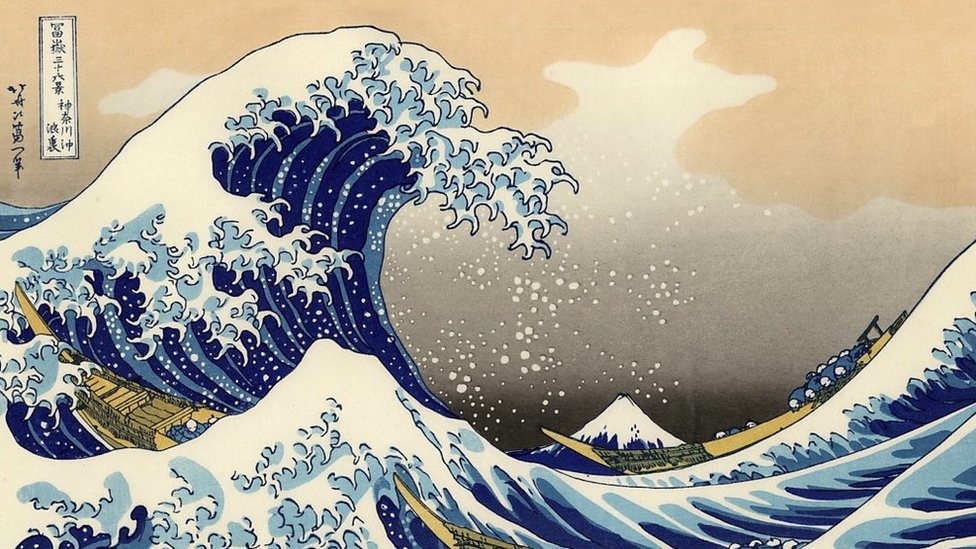
Work of Art
-
A creation valued for its artistic function.